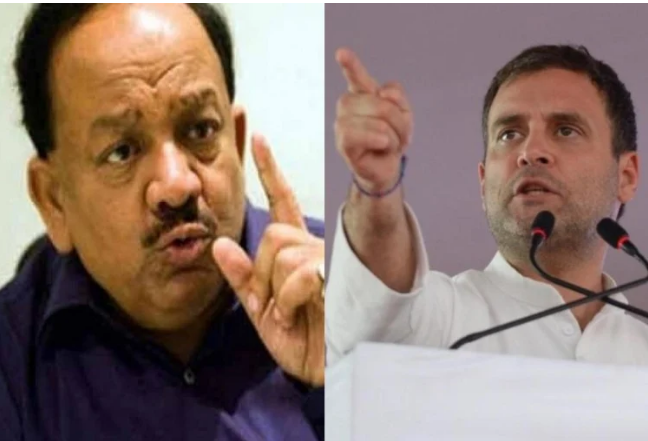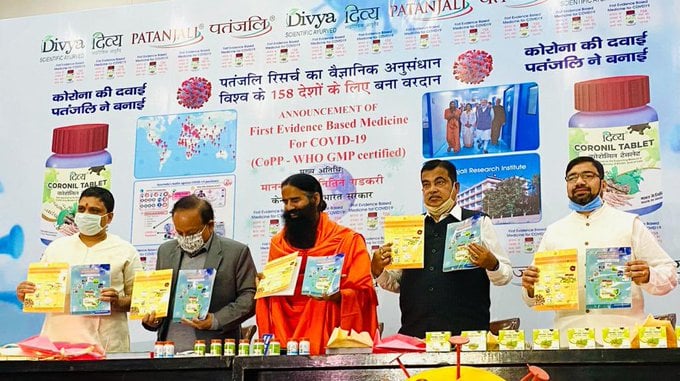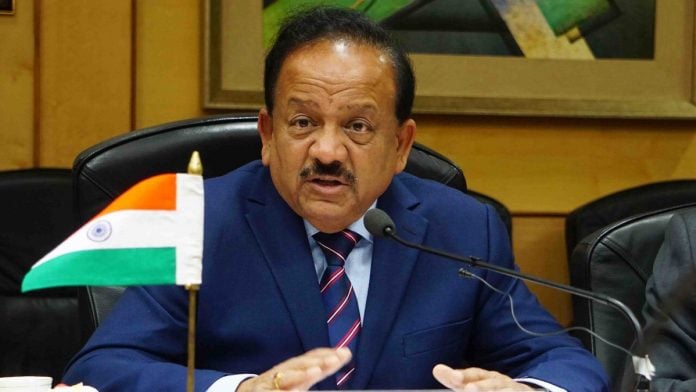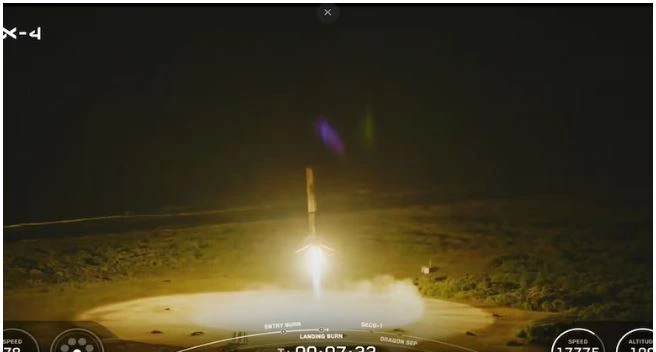Latest Science News
Desertification, Land Degradation, Drought cost India 2.54% of its GDP in 2014-15: Teri study

Latest Science News
Astronaut Shubhanshu Shukla to meet PM Modi after return from historic space mission
Astronaut Shubhanshu Shukla, who recently returned from the ISS as part of the Axiom-4 mission, will meet PM Modi this evening. Parliament will also hold a special discussion on his historic journey.
India News
Shubhanshu Shukla pens emotional note as he returns to India after space mission
Indian astronaut Shubhanshu Shukla penned an emotional Instagram post as he returned to India after his 18-day ISS mission, marking a milestone in India’s space journey.
Latest Science News
Shubhanshu Shukla becomes second Indian in space, lifts off for ISS aboard Axiom-4 mission
Group Captain Shubhanshu Shukla becomes the second Indian astronaut to travel to space after four decades, aboard the Axiom-4 mission to the International Space Station.
-
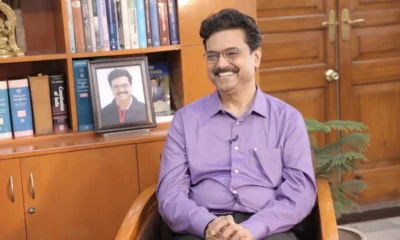
 India News13 hours ago
India News13 hours agoDU VC Prof Yogesh Singh entrusted with additional charge of AICTE Chairman
-

 India News16 hours ago
India News16 hours agoDelhi High Court issues notice to Sonia Gandhi, Rahul Gandhi in National Herald case
-

 Cricket news21 hours ago
Cricket news21 hours agoRohit Sharma reveals retirement thoughts after 2023 World Cup final heartbreak
-

 Latest world news20 hours ago
Latest world news20 hours agoH-1B visa renewal delays leave hundreds of Indian workers stranded amid US social media checks
-
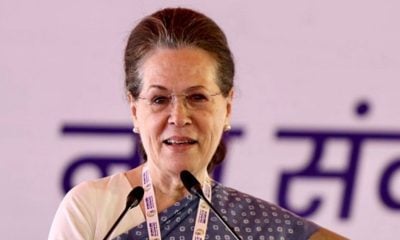
 India News20 hours ago
India News20 hours agoSonia Gandhi calls weakening of MGNREGA a collective moral failure, targets Centre in op-ed
-

 India News17 hours ago
India News17 hours agoYogi Adityanath’s do namoone remark sparks Akhilesh Yadav’s jab on BJP infighting
-

 India News14 hours ago
India News14 hours agoGoa nightclub fire case: Court extends police custody of Luthra brothers by five days
-

 Entertainment14 hours ago
Entertainment14 hours agoDhurandhar box office day 17: Ranveer Singh film crosses Rs 555 crore, enters all-time top 10



